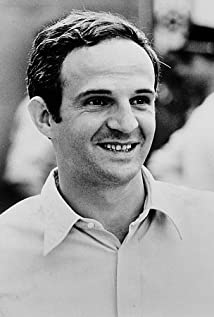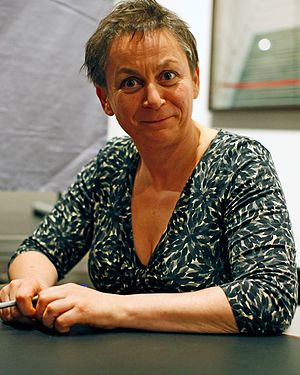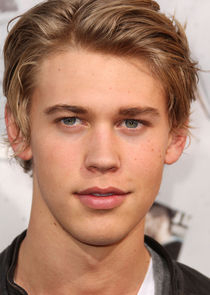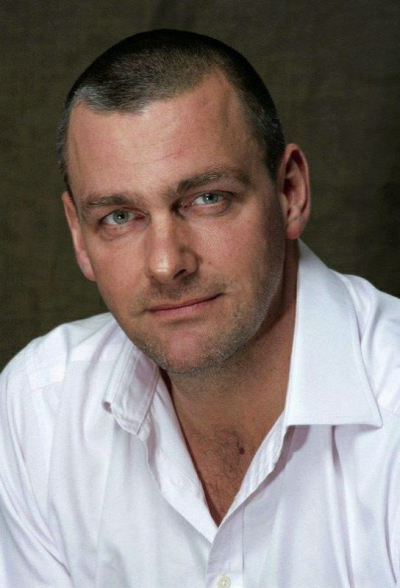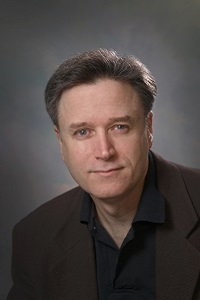François Truffaut
Popular As François Roland Truffaut (Le Petit Caporal, La Truffe)
Birthday February 6, 1932
Birth Sign Aquarius
Birthplace Paris, France
DEATH DATE 1984-10-21, Neuilly-sur-Seine, France (52 years old)
Nationality France
Height 5' 6" (1.68 m)
#12796 Most Popular


